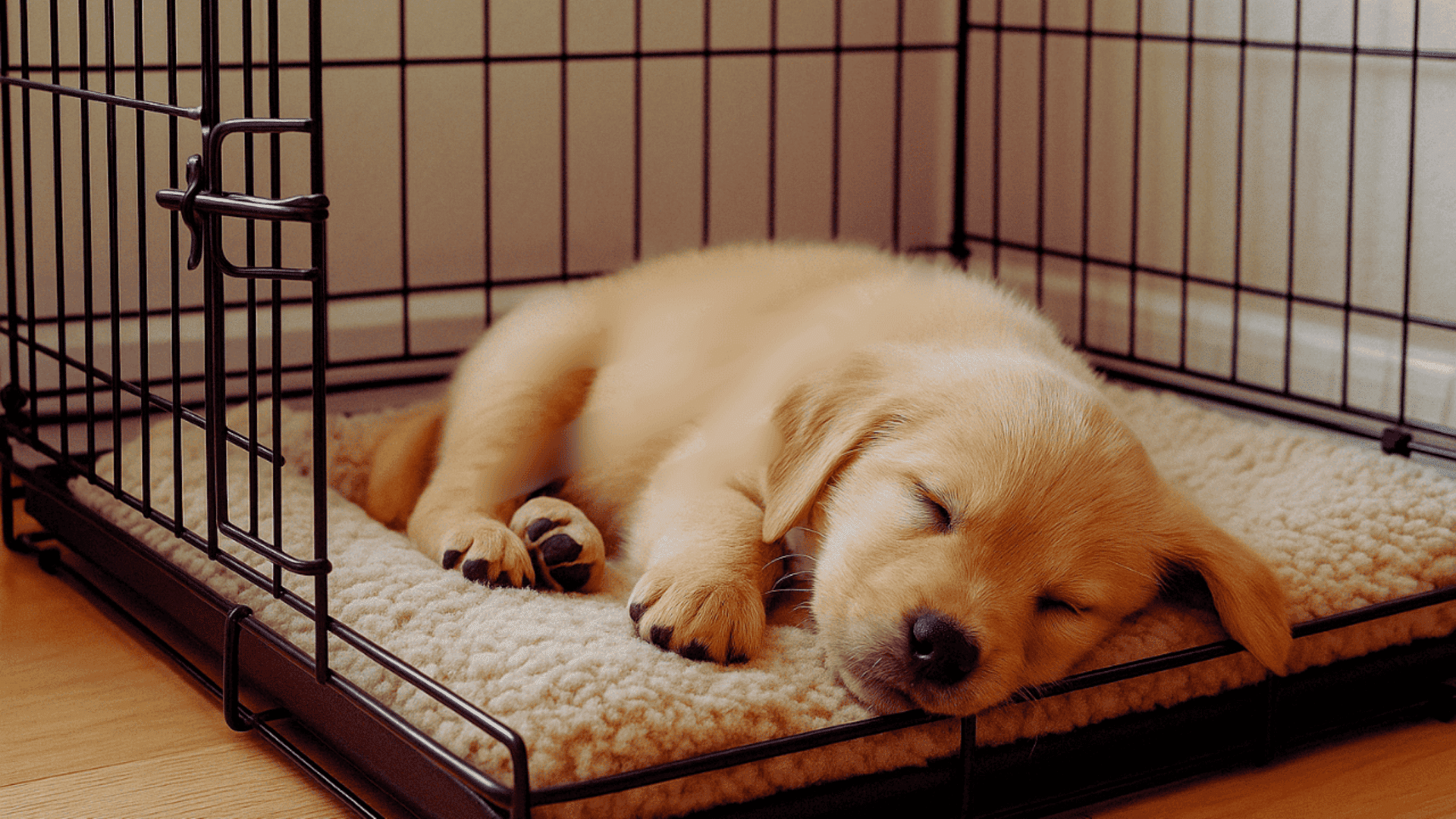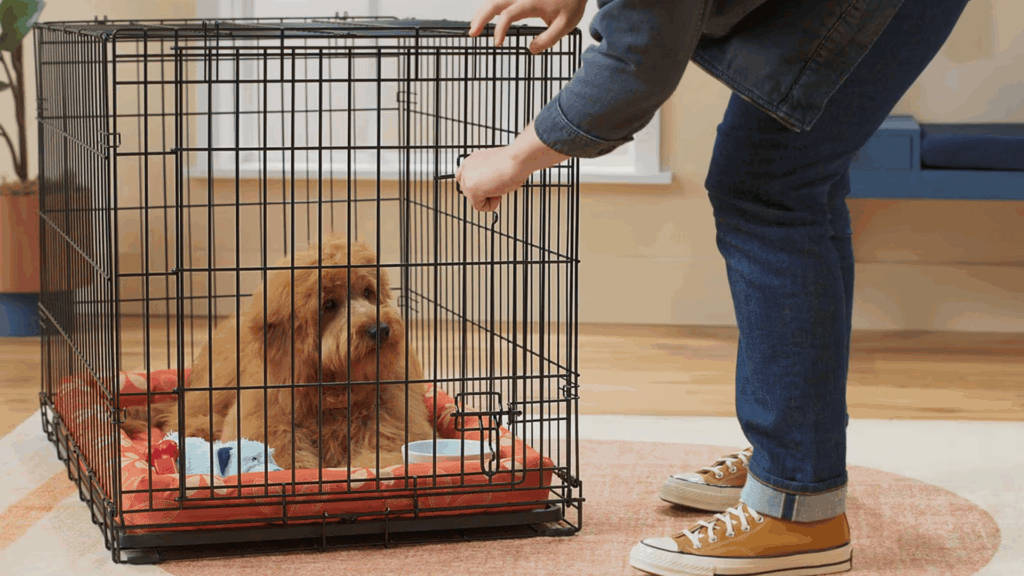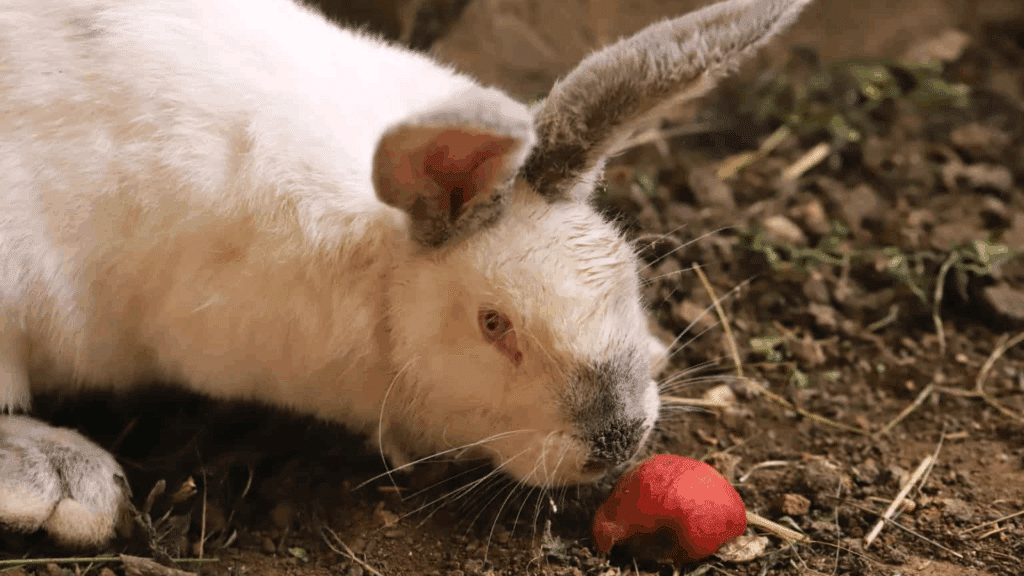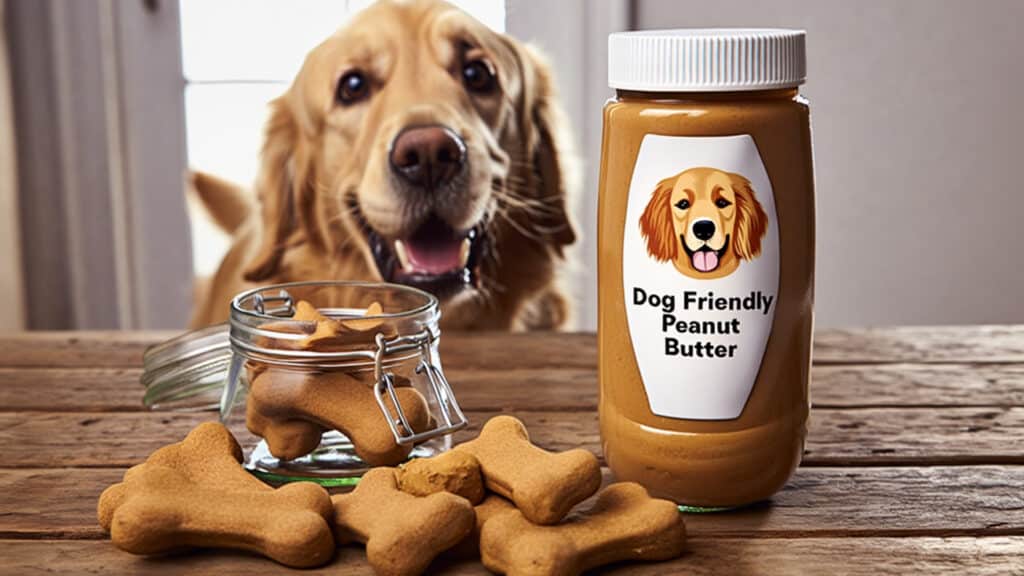Sometimes leaving my dog alone at home felt like a disaster waiting to happen. I would come back to chewed shoes, scratched doors, and a very anxious pup.
That’s when I realized I needed a better plan to help my dog feel safe when I wasn’t around.
One of the best tools I learned was a crate-but not as a punishment. I learned that, when used correctly, a crate can become a cozy, secure spot where my dog feels calm and comfortable.
In this guide, I’ll share how I introduced the crate step by step, added comfort and fun, and helped my dog slowly gain confidence being alone.
With patience and consistency, you can help your dog feel safe and happy, too.
Understanding Separation Anxiety in Dogs
Separation anxiety in dogs happens when they feel very upset being left alone. Some common signs are barking, whining, scratching at doors, chewing things, or pacing around the house.
It’s not that your dog is being “bad”-they’re just scared. Some dogs struggle more because of their past, their breed, or their inability to learn to be alone.
For example, rescue dogs or dogs that are very attached to their owners may feel extra worried.
One way to help is by creating a safe space, like a cozy crate or a quiet room with toys and blankets. This gives your dog comfort and helps them feel secure until you come back home.
Can a Crate Help with Separation Anxiety?
A crate can help some dogs manage separation anxiety, but it really depends on the dog’s comfort level. Many dogs view their crate as a cozy, secure den where they can relax while you’re away.
It can also prevent them from chewing or getting hurt when feeling anxious.
However, crates don’t work for every dog. If yours becomes frantic, pants heavily, or scratches to get out, the crate could add to their stress.
In such cases, a larger area, like a gated room or playpen, might be a better option.
These spaces provide safety without confinement. The most important step is to observe your dog’s reaction. Choose the environment that helps them stay calm, comfortable, and confident when you’re not home.
Choosing the Right Crate for Separation Anxiety
When choosing a crate for a dog with separation anxiety, focus on comfort, safety, and durability. Crates come in different types: wire, plastic, soft-sided, and heavy-duty.
Wire crates allow good airflow and visibility, while plastic ones create a den-like feel that some dogs prefer.
Heavy-duty crates work best for escape-prone or strong dogs.
The crate should be large enough for your dog to stand, turn, and stretch comfortably but not oversized, as that can reduce the sense of security.
Look for sturdy construction, smooth edges, and easy-to-clean materials.
A soft mat, favorite toy, or blanket can make it feel inviting. The goal isn’t to confine your dog but to create a peaceful, safe space where they can rest without stress when you’re away.
Step-By-Step Crate Training for Separation Anxiety

Crate training a dog with separation anxiety works best when done gradually and with lots of patience. The key is to help your dog feel safe and calm in the crate while slowly building their confidence to be alone.
1. Start with Short Sessions
When I first begin crate training, I make sure the crate feels like a calm, inviting space. You can start by leaving your dog inside for just a few minutes while you stay close by and talk softly.
The idea is to help them see the crate as something good, not scary. I leave the door open at first, letting them explore freely.
Once they seem relaxed, I close the door for a short time, just enough for them to stay calm.
Over a few days, I increase the time slowly, maybe from five minutes to ten, then to fifteen. If your dog starts whining, wait for them to quiet down before opening the door.
This teaches them that being calm helps them get what they want.
2. Add Comfort and Calm
I always make the crate a cozy and peaceful spot. You can leave an old shirt with your scent to remind your dog of you when you’re away.
I place a soft blanket, a favorite toy, or even a chew bone inside.
These familiar smells and textures help them feel safe. I also choose a quiet spot in the house, somewhere they can still see you but won’t be distracted by noise or movement.
A covered crate can also make the space feel den-like and secure. Soft background sounds, like low music or a TV on mute, can help too.
I avoid making it overly exciting; calm energy from you helps your dog match that same energy.
3. Practice Leaving and Returning
Once your dog feels calm inside, I start short leaving exercises. You can step out of the room for a minute or two and then come back in calmly.
Don’t rush to greet them, just act normal. This helps your dog understand that you leaving isn’t a big deal.
I slowly add more time each day, extending from minutes to half an hour, and then longer if needed.
I also mix up the pattern, sometimes I leave for just five minutes, other times longer, so your dog doesn’t start predicting exactly when you’ll be back.
If you notice stress, shorten the next session and rebuild gradually. The key is calm, steady progress. Over time, your dog learns that you always come back.
4. Create a Routine
Dogs find comfort in knowing what to expect. I stick to a regular daily schedule that includes meals, walks, crate time, and playtime.
When your dog knows when things happen, they feel more secure and less anxious.
You can use the crate during calm moments, like after a walk or before bedtime, to show it’s a place to rest, not a punishment.
I also add short crate times during the day when I’m home, so your dog doesn’t only associate it with you leaving.
Over time, they’ll start to enter the crate on their own because it’s familiar, quiet, and predictable. Consistency builds trust, and trust is what reduces anxiety.
5. Be Patient and Kind
Crate training a dog with separation anxiety takes time, and I remind myself that patience matters more than speed. Every dog learns at a different pace, and setbacks are normal.
If your dog whines or barks, don’t yell or open the crate too quickly.
Wait until they calm down before giving attention. You can also use small rewards, like treats or kind words, to mark calm behavior.
I’ve learned that staying patient and kind teaches your dog that they can trust you, even when you’re not around.
The calmer and gentler you are, the faster your dog will feel safe in the crate. Over time, you’ll notice that the anxiety lessens, and your dog starts to relax even when you’re gone.
Common Mistakes to Avoid with Crate Training
Crate training can be very helpful, but it only works when done carefully. Some common mistakes can make separation anxiety worse instead of better.
- Forcing or punishing the dog: Never push your dog into the crate or use it as punishment. This makes the crate feel scary instead of safe.
- Leaving the dog too long, too soon: Gradually increase crate time. Leaving your dog alone for hours at first can cause panic and accidents.
- Ignoring signs of extreme stress: Whining, barking, or trying to escape are warnings that your dog is overwhelmed. Pause and adjust the training.
- Inconsistent crate use: Irregular routines confuse your dog. Consistency helps them feel secure and understand expectations.
Avoiding these mistakes helps your dog see the crate as a calm, safe place where they can relax.
Alternatives and Supplements to Crate Training

Some dogs don’t enjoy crates, and that’s completely fine. You can still help your dog feel calm and secure in other ways.
Start by giving them plenty of exercise and mental activities before any alone time; a tired dog is often more relaxed. Try puzzle toys, slow feeders, or chew toys to keep their minds busy.
Soft music, white noise, or pheromone diffusers can also create a soothing environment.
If crates feel too restrictive, set up a safe room or gated area where your dog can rest comfortably with their toys and water.
For dogs that struggle with stronger anxiety, working with a certified trainer or behaviorist can make a big difference.
Combining structure, comfort, and expert guidance helps your dog feel safer, calmer, and more confident when they’re home alone.
Conclusion
Crate training and helping a dog with separation anxiety takes time, and the most important things I’ve learned are patience and consistency.
Dogs need to feel safe and supported, so rushing the process usually backfires.
I always try to balance teaching my dog independence with giving them comfort and reassurance-like leaving a favorite toy or a cozy blanket in their safe space.
It’s important to watch for stress signs. If my dog still panics, I reach out to a trainer or behaviorist for help.
Remember, every dog is different, and what works for one might not work for another.
With steady routines, calm departures, and lots of encouragement, I can help my dog feel confident and safe when alone.








